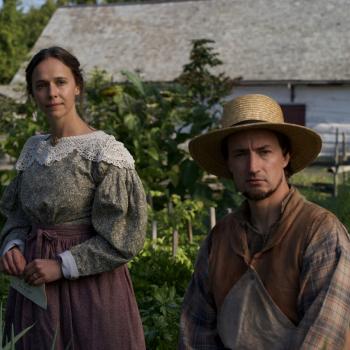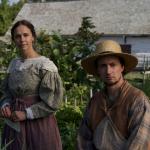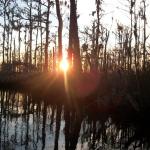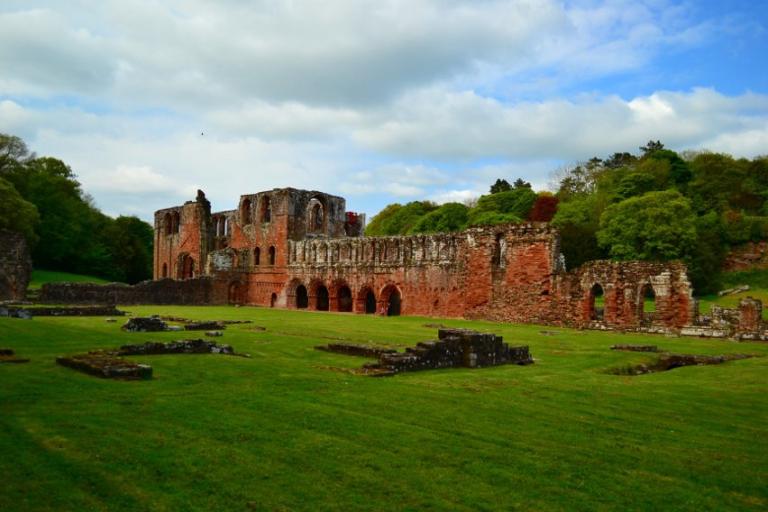
We spent some time yesterday looking at the ruins of Furness Abbey, which, at the time of Henry VIII’s dissolution of the monasteries in the 1530s, was the second richest Cistercian institution in all of England, after an abbey in Yorkshire. The weather was perfect. Sunny, but not at all hot.
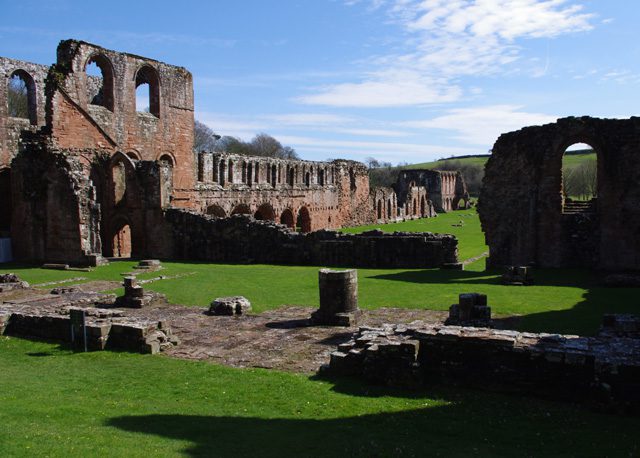
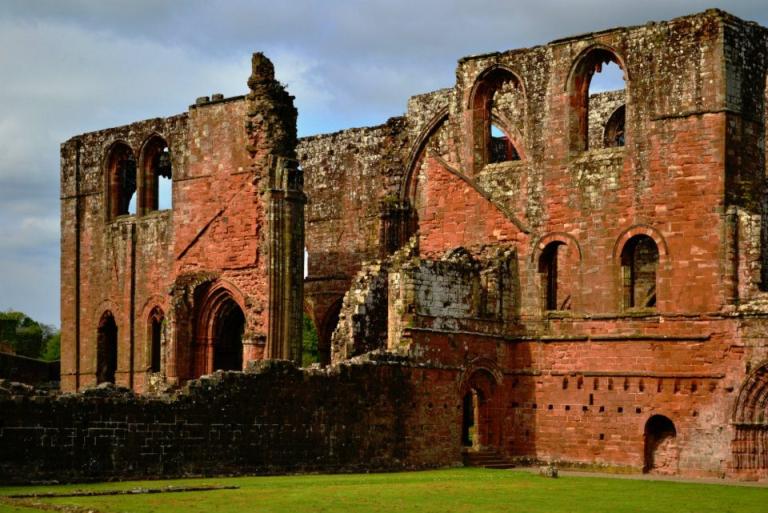
The Abbey at Furness was established in the 1120s by Stephen, Count of Boulogne and Mortain, who would later become king of England.
In 2010, several burials were located on the site, including that of a distinguished person who might have been an abbot at Furness. With him were found the top of a bishop’s crozier (a symbolic shepherd’s staff signifying his rank) and a ring. These were the first such finds in Britain in the past fifty years. For a photograph of the two objects, which are now on display at the small Furness Abbey visitors center, see here:
http://www.bbc.co.uk/news/uk-england-cumbria-26801800
We also drove out to have a look (from a lesser distance) at Piel Castle, which belonged to Furness Abbey:
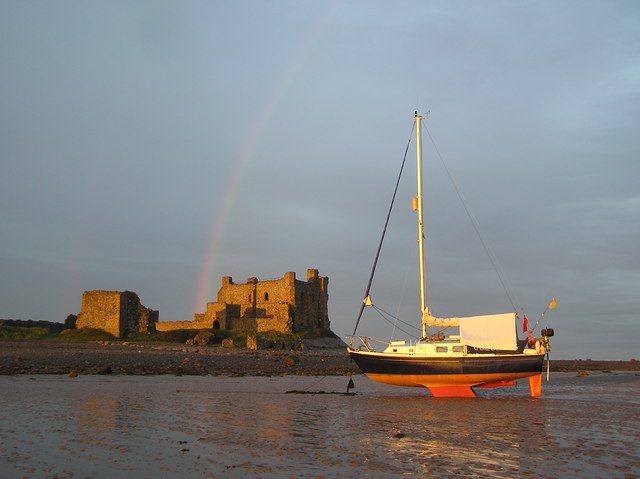
(Wikimedia Commons)
Posted from Brockwood Hall, Cumbria, England



